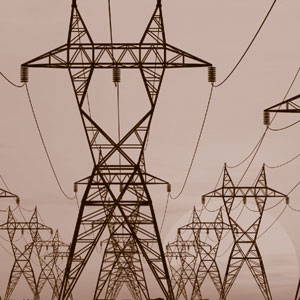 Pierre-Olivier Pineau,
Pierre-Olivier Pineau,
Associate Professor
HEC Montréal
It’s time for Québec and Newfoundland to bury the hatchet
Since 1972, Hydro-Québec has received about 30 terawatt hours (TWh) per year of hydroelectricity from Labrador: enough to meet the electricity consumption of 45% of Québec households in 2012. In fact, without this energy, Québec would not be able to satisfy its own needs by itself, since despite all of its hydroelectric capacity Québec exports less than 25 TWh each year to its neighbours. So there would be a 5 TWh shortfall! The dependence of Québec on imported electricity is not really a problem: it is natural to do business with your neighbours. In fact it is an excellent thing, since generally, if both trading partners do not find profit in such trade, they put an end to it. With its reservoirs and its interconnections with Ontario, New York, New England and New Brunswick, Hydro-Québec is ideally situated to provide its neighbours with cleaner, and less costly energy than what they can produce. The benefits of electricity trading are obvious and rightly so, it is also Hydro-Québec’s strategy to develop this trade.
The only problem with this story is that Newfoundland and Labrador, the province supplying 30 TWh to Québec from the Churchill Falls generating station, does not have the choice of stopping this energy transfer. It tied its hands in 1969 by granting the rights to develop Churchill Falls to a private company, which preferred to sign a contract with Hydro-Québec rather than seek to maximize the economic returns to the province that had granted these rights. Consequently, the 30 TWh are purchased by Hydro-Québec at 0.25¢ per kilowatt hour (kWh), and resold to Quebecers at a price that is 12 times higher, or else exported at an average price that is 19 times higher.
Only Saudi Arabia can rival such profit margins: a barrel of oil that sells for $100 costs it around $6 to produce (compared to $40-60 for oil sands). Each year, Hydro-Québec makes a profit of between $800 million and $2 billion on energy supplied from Labrador. This has understandably enraged Newfoundland, which sees the profits from its hydraulic resource going to others. Worse still, the 1969 contract, which runs to 2041, has a clause that provides for the purchase cost to decrease in 2016, from 0.25 to 0.2¢/kWh.




